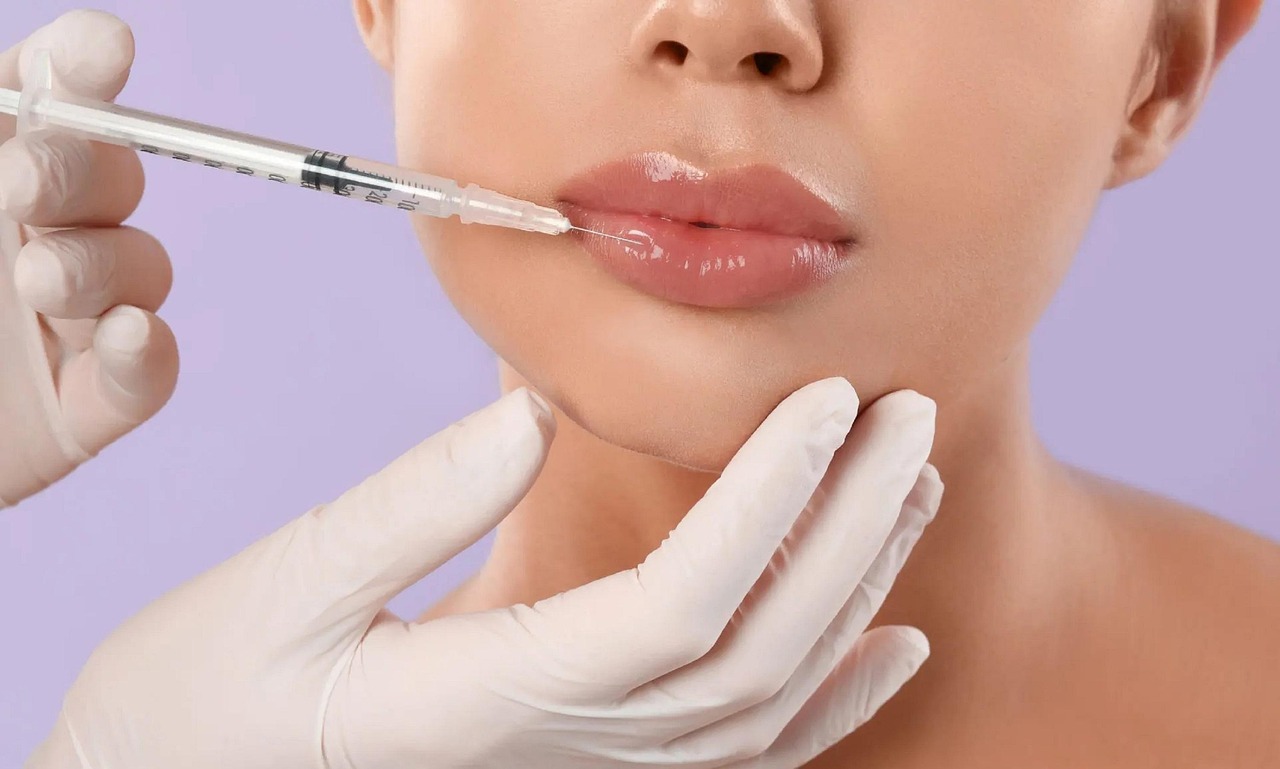Hyaluronic Acid: Uses, Safety, and Lip Filler Basics
Hyaluronic acid (HA) is a naturally occurring molecule found in skin, connective tissue, and eyes that holds water and supports structure. In cosmetic contexts it’s used both topically and as an injectable to restore volume, hydrate, and smooth fine lines. Understanding how HA works, what to expect from injections, and how it compares with topical beauty ingredients helps you make informed choices about treatments for lips, cheeks, or general skin refreshment. This article explains common uses, safety considerations, and practical tips for anyone exploring HA as a filler or skin treatment.

This article is for informational purposes only and should not be considered medical advice. Please consult a qualified healthcare professional for personalized guidance and treatment.
How does hyaluronic acid help lips?
Hyaluronic acid fillers are frequently chosen for lip enhancement because HA binds water, creating natural-looking volume and improved hydration. A skilled injector can shape lips, restore lost definition, and smooth the vermilion border with subtle augmentation. Results are temporary—often lasting several months—so maintenance treatments are common. Side effects typically include swelling and bruising for a few days; uncommon complications can occur, so selecting an experienced clinician and discussing realistic goals beforehand is essential.
Is hyaluronic acid a cosmetic ingredient or medical product?
HA straddles both worlds: as a cosmetic ingredient in creams and serums it acts mainly as a humectant to draw moisture into the surface layers of skin. As a medical product, cross‑linked HA is formulated into injectable dermal fillers for structural volume restoration. Topical HA improves skin hydration and can temporarily reduce the appearance of fine lines, while injectable HA provides immediate volumizing and contouring effects. Knowing the distinction helps you choose whether a topical beauty routine or an in-clinic filler is the right approach.
What should you expect from a hyaluronic acid injection?
During an injection appointment, the provider will assess facial anatomy, mark treatment zones, and usually apply topical numbing. HA injection is a minimally invasive procedure with brief downtime; many patients experience swelling, tenderness, and minor bruising that resolve within days. Because most HA fillers are reversible with an enzyme called hyaluronidase, there is an option to dissolve product in certain complications or if results are unsatisfactory. Discuss risks such as infection or, rarely, vascular occlusion with your practitioner and follow aftercare instructions to reduce complications.
Can hyaluronic acid improve my overall beauty routine?
Incorporating HA into a beauty routine can enhance skin hydration and surface smoothness. Topical serums with low- and high-molecular-weight HA help attract moisture and temporarily plump fine lines, especially when applied to damp skin and sealed with a moisturizer. For longer-lasting structural improvement, cosmetic injections offer volume and contour that skincare alone cannot achieve. Combining topical HA for daily hydration with periodic professional treatments can be a balanced strategy for maintaining a refreshed, natural-looking appearance.
What is a hyaluronic acid filler and how long does it last?
A hyaluronic acid filler is a gel-like implant made from modified HA designed to resist rapid breakdown and provide lasting support. Different formulations vary by particle size and cross-linking to suit lips, cheeks, or fine lines. Most HA fillers for cosmetic use are temporary, with effects commonly lasting around six to twelve months, though individual metabolism and product choice influence duration. Choosing a reputable provider, asking about the specific filler brand and expected longevity, and understanding maintenance needs are important steps in planning treatment.
Hyaluronic acid offers a versatile set of tools for modern cosmetic practice—topical hydration for daily beauty and injectable fillers for targeted volume and contour. When considering HA injections for lips or facial enhancement, prioritize consultations with qualified clinicians who can explain product selection, technique, risks, and realistic outcomes. Results vary by anatomy, lifestyle, and practitioner skill, so informed decisions and reasonable expectations lead to more satisfying, natural-looking results.
Sources:






